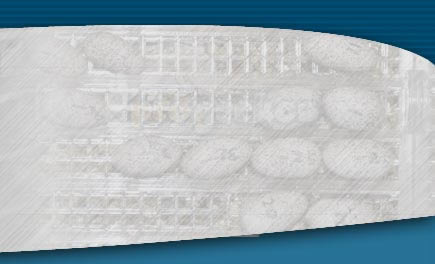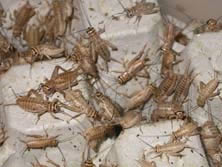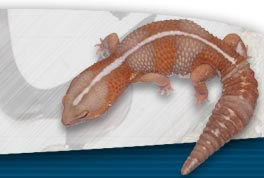



General Information:

Crickets (Achetus domesticus) are one of the most widely used food items for reptiles in captivity. They move quickly catching the attention of your animal. Adults are around 1 inch in length with males being a little smaller than females. Once crickets reach adulthood they live a few weeks and have a total life span of about 8 weeks.Housing:
Crickets are very easy to house. Any plastic container works but I prefer to use Rubbermaid’s. I have found glass aquariums not very effective and therefore don’t recommend them. Glass tends to stay cooler with inconsistent temperatures rather than plastic and you may experience die offs. The size of the container doesn’t really matter but make sure it’s an adequate size for the amount of crickets that will be housed. Don’t over crowd the containers as you may experience die offs. I use 56 quart Rubbermaid containers that house 1000 pinheads or 500 adults comfortably.Substrate - I suggest not using any type of substrate to minimize maintenance. This will make cleaning much easier and greatly decrease the smell.
Hides - Place a few egg cartons in the container. This will let them hide and feel more comfortable. Hiding places are essential for the colony to survive. This will also allow you to house more crickets in your container but make sure they aren’t overcrowded.
Heat & Light - Crickets will thrive in warm temperatures. The preferred temperature should be around 85 degrees fahrenheit. If too cold they slow down to a dormant state which will result in slow growth. Temperatures too cool will result in large die offs. Light is not needed as the crickets are most active in the dark.
Food & Water:
Crickets will eat just about anything you give them. Offer highly nutritious items such as carrots, potatoes, kale, alfalfa, citrus fruits etc. Make sure to gutload all food items for 24 hours prior to feeding. Gutloading is feeding very nutritious/high quality foods (such as the ones listed above) to prey prior to feeding to your animals. There are also many commercially available products that are in powder form. I make and use Pro Gutload for all my feeders. Gutloading will ensure a healthier insect and in the long run a healthier animal.Water - This can be given in a variety of ways including water gel, fruit, water pillow, moistened sponge or paper towel. If you are using a water pillow, sponge or paper towel these will have to be cleaned or changed on a daily basis as crickets will foul these water sources quickly. Water gel and fruits work well as the crickets will consume them to re-hydrate. I have used shallow water dishes in the past and they were somewhat successful with adults but smaller crickets had a tendency of drowning. Crickets will routinely drown in a drop of water.
Maintenance:
Crickets do require a little work especially to reduce smell. You have to make sure they are cleaned and that they have plenty of food and a clean water source at all times. Every couple of days brush and pick up the waste. If you want to clean it every day that's fine too and I actually recommend it. Remember the cleaner the crickets are the healthier they will be and that will in turn go to your animals. The odor is also greatly decreased when they are kept clean. Every few weeks to a month change the egg cartons.Breeding:
Breeding crickets is fairly easy and straight forward. Time and patients will be needed to raise your own but the good news is it’s possible and can greatly help your feeder bill.Sexing - There are a few different ways to sex crickets. One way is to look at their size. Males are considerably smaller than females. Another indicator is the males are the ones that make all the noise. You can visibly see them moving there wings and shaking their body. Adult females are quite large especially when carrying eggs. They have a little stick that protrudes from their rear called the ovipositor which is used for egg laying.
Breeding - Place all the adult crickets you want in a container. You will see and hear the males chirping so you know activity is going on. Take a shallow deli cup or Tupperware container and fill it with moist but not saturated dirt. Place this with the crickets near their egg crates so they can access it. This is where the females will lay her eggs. Keep them warm and make sure enough food and water is available. Every 1 to 2 weeks rotate the egg laying container and put a fresh one in. Take the one with eggs and place it in a new cricket container and keep them warm so the eggs hatch. After a few weeks you’ll see many little dots popping around. These are the newly hatched pinhead crickets. One female in her entire adult life time could lay up to 2,000 eggs so expect a lot. That’s basically it! All you have to do now is wait.
Conclusion:
Crickets are one of the most popular feeder insects and have been the top food item for reptiles and even birds in captivity for quite a while. They can be very nutritious with proper care and are produced in the millions year round for the purpose of food.


